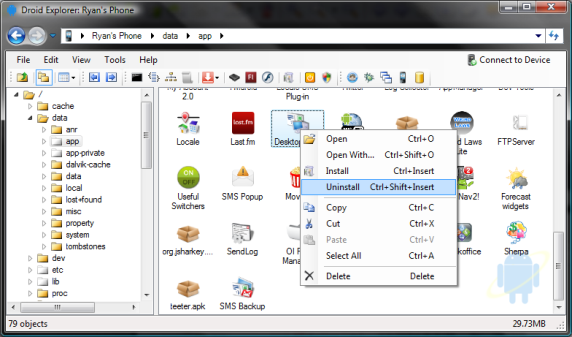

A rectangle is defined by its top-left and bottom-right points. Convert the client area to screen coordinates.ĬlipCursor takes a RECT structure, but ClientToScreen takes a POINT structure. The following code confines the cursor to the client area of the window. To translate client coordinates into screen coordinates, call the function ClientToScreen. This rectangle is given in screen coordinates, rather than client coordinates, so the point (0, 0) means the upper left corner of the screen. The ClipCursor function restricts the movement of the cursor to a specified rectangle. Sometimes you might want to restrict the cursor to the client area or a portion of the client area. (For example, if a draggable UI element is already selected.) At the end of this module, we will see a longer code example that uses the DragDetect function. Therefore, do not call DragDetect unless your program is currently in a mode that supports dragging. If DragDetect returns FALSE, Windows suppresses the WM_LBUTTONUP message when the user releases the mouse button. If the function returns TRUE, you can interpret the mouse click as a drag. The DragDetect function tests whether this threshold is reached. When the user presses the mouse button, it is not considered a drag unless the mouse crosses this threshold. Therefore, Windows defines a drag threshold of a few pixels. But if a mouse is particularly sensitive, it can be hard to keep the mouse perfectly still while clicking. Otherwise, the user might accidentally drag something when he or she simply meant to click on it (for example, to select it). Here's the idea: When a program supports drag and drop, you don't want every mouse click to be interpreted as a drag. The following code shows how to use this function. The DragDetect function returns TRUE if the user initiates a mouse gesture that should be interpreted as dragging. If your UI supports dragging of UI elements, there is one other function that you should call in your mouse-down message handler: DragDetect.


Here are some other operations that can be performed with the mouse. form1->Controls->Add( button2 ) // Display the form as a modal dialog box.The previous sections have discussed mouse clicks and mouse movement. If the variable is true then make the form location same as Cursor location.įorm1->Controls->Add( button1 ) // Add button2 to the form.

We will make it true, then when we release the mouse click on form area we will set the flag to false now when mouse moves then we will check if mouse click is hold or not by that flag variable. When we mouse click the form and hold it we will have 1 flag variable. Three TextBox es: The Close button, the Maximize button, and the Minimize button. Choose for Panel the anchors left and right (only). One Panel: Meant to drag the form window around.


 0 kommentar(er)
0 kommentar(er)
